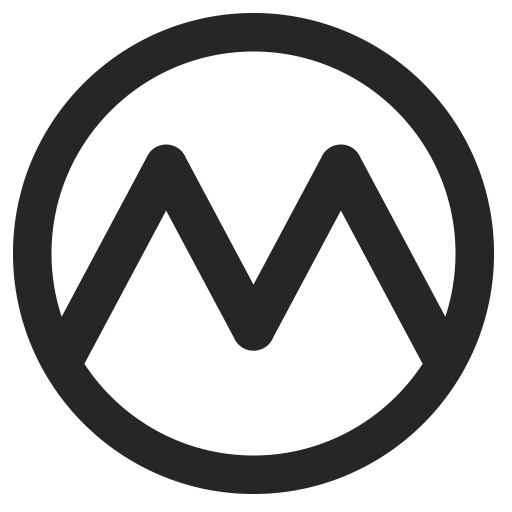Until 2018, in North America at least, it had been decades since the Toyota Corolla was available as anything except a workaday 4-door sedan. In 2018, Toyota brought a 5-door E210 Corolla hatch, the first new variation in years, to the U.S. The E210 wagon remains unavailable in North America.
But those are new cars. In the halcyon days of the 1970s and early 1980s there were many, many varieties of Corolla.
The original 1968 E10 had three bodies, the 1970 E20 had four, 1975’s E30 had six, and 1980’s E70 Corolla had eight. The “van” bodies (commercial-oriented station wagons) stayed in Japan, but from 1979-83, Toyota offered a trio of Corolla specialty coupés, all rear-drive and all fairly fun to drive.
Fumio Agetsuma
The chief engineer on the E70-series Corollas, Fumio Agetsuma, joined Toyota in 1955 and worked his way up the ladder doing body design on the Corona and Mark II. He eventually joined the Corolla team in 1969 and became lead engineer on the Corolla in 1974, just before the E30 Corolla came online that summer.
Supposedly, on a visit to the Netherlands Agetsuma heard the E30’s leaf springs compared unflatteringly to those of a 19th-century carriage, and decided a coil-spring rear suspension would supplant the old design.
This story may be apocryphal, but Agetsuma’s Dutch colleague wasn’t the only person to criticize the E30 Corolla for being a little bit basic.
A new rear suspension did in fact appear on most of the E70s, but the wagons and vans kept the leaf springs for heavy loads. Updating the running gear was only part of Agetsuma’s goal – making a richer, more feature-packed car. A car that was right for every market and every appetite. He did not want buyers to move on to bigger of fancier cars, but instead come back for more Corollas.
Broad Appeal
Extensive market research was done with the goal of retaining customers and making the appeal as broad as possible – it not only had to do well in Japan, it was by far Toyota’s export champion.
Power steering, sunroofs, and a nicer interior appeared, though not on all models.
In the USA, Corollas definitely didn’t feel “rich,” but then, the JDM got the best ones – there were nicer trims and 9 different engines capped by the ~115hp DOHC 2T-GEU 1.6, though most JDM engines were more humble. The E70 was the last Corolla to primarily use OHV engines.
In the U.S., just two motors were used – the 1.7L 3T-C from 1980-82, and the SOHC 4A-C in 1983. The cars bowed in late 1979 as 1980 models. Informed by the first OPEC crisis, the E70s looked boxy but were actually much better, aerodynamically, than their forebears. Following another gas crisis and a recession, the value-packed Corolla became a global best seller in the early 1980s.
Wanting to appeal to as many people as possible was what led Toyota to create a hardtop coupe, a fastback coupe, and a 3-door liftback wagon. They weren’t fast overall but they looked good and they drove well and seemed to live forever in dry climates. Like all Japanese cars of this era, rust protection was poor although it was somewhat better than it had been in the 1970s.
After They Were New
Many of these 70-series coupes later formed the basis of modified performance cars in the US. Their light weight, low price, and rear-drive configuration made them ideal for swaps and more power, just as they had in Japan.
A visit to illegal drags in East Los Angeles or Brooklyn in the early 1990s would reveal a host of modified Corollas.
Agetsuma remained head of engineering on the Corolla program for several more years, bringing the fifth-generation (and first front-drive) Corolla to fruition and training loads of acolytes who would design later Corollas.

